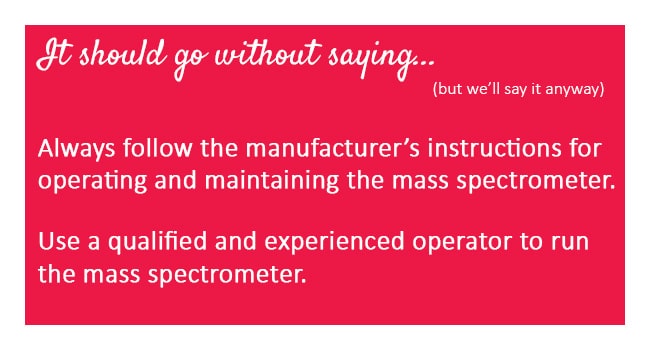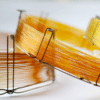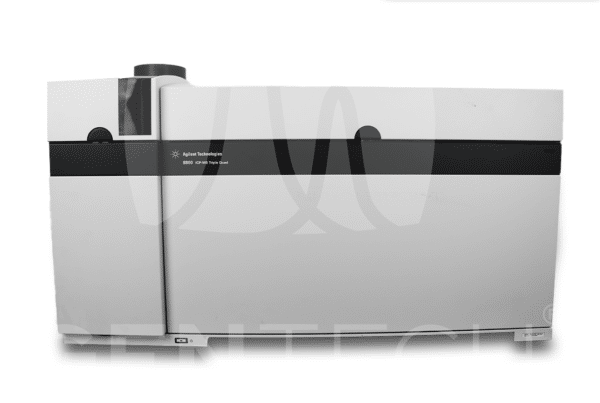Mass analysis using liquid chromatography-mass spectrometry (LC/MS) is a powerful analytical technique that combines the resolving power of liquid chromatography with the detection specificity of mass spectrometry. LC/MS is used to identify and quantify a wide variety of compounds, including proteins, peptides, drugs, and metabolites. Because it allows researchers to identify and quantify molecules with exceptional sensitivity and specificity, LC/MS has become an indispensable tool in numerous scientific disciplines, including chemistry, biology, pharmacology, and environmental science. In this brief overview we offer some practical tips to help you effectively run mass analyses using LC/MS.
Sample Preparation
The first crucial step in LC/MS analysis is sample preparation. Use a high-quality sample preparation method to ensure that the analyte is present at a high concentration. Proper sample preparation ensures accurate and reliable results. Consider the following:
- Choose the appropriate sample extraction method based on the analyte(s) of interest and sample matrix. This may involve extracting the analyte of interest from a complex matrix, such as tissue or blood, or derivatizing the analyte to make it more volatile or stable.
- Optimize the extraction solvent, pH, and extraction time for efficient recovery and minimal interference.
- Use suitable sample cleanup techniques, such as solid-phase extraction (SPE) or liquid-liquid extraction (LLE), to remove impurities that may interfere with analysis.
Liquid Chromatography
Next, inject the prepared sample into the LC. The LC separates the components of a sample mixture based on their hydrophobicity, or how easily they dissolve in a nonpolar solvent. Here are some key considerations for successful LC separation:
- Select the appropriate LC column (reversed-phase, normal-phase, or ion-exchange) based on the analyte’s properties and separation requirements.
- Optimize the mobile phase composition, including the choice of solvents, pH, and additives, to achieve optimal chromatographic separation.
- Adjust the flow rate and column temperature to balance separation efficiency, run time, and column longevity.
- Validate the LC method for accuracy, precision, linearity, and selectivity before conducting mass analysis.
Mass Spectrometry (MS)
The separated analyte is then ionized in the mass spectrometer. Ionization is the process of converting the analyte into charged particles. MS enables the identification and quantification of analytes based on their mass-to-charge ratio (m/z). Follow these steps to ensure reliable MS analysis:
- Select the appropriate ionization technique, such as electrospray ionization (ESI) or atmospheric pressure chemical ionization (APCI), or matrix-assisted laser desorption ionization (MALDI), based on the analyte’s properties and instrument capabilities.
- Optimize ion source parameters (e.g., voltage, flow rates, temperature) to enhance ionization efficiency and minimize fragmentation.
- Set the appropriate mass analyzer (e.g., quadrupole, time-of-flight, ion trap) and optimize its parameters (e.g., resolution, scan range, collision energy) to achieve optimal sensitivity and selectivity.
- Calibrate the instrument using appropriate standards to ensure accurate mass determination and quantification.
- Detect the separated ions using a detector. The detector converts the ion signal into an electrical signal that is amplified and recorded. There are a variety of detectors, including electron multipliers and photomultipliers.

Data Acquisition and Analysis
And of course, data acquisition and analysis play a crucial role in mass analysis. Consider the following guidelines:
- Acquire mass spectra in the appropriate mode (e.g., full scan, selected ion monitoring, multiple reaction monitoring) based on the analytical goals.
- Use suitable software for data processing, peak detection, deconvolution, and quantification.
- Apply appropriate data analysis tools, including statistical analysis and pattern recognition algorithms, to interpret complex datasets effectively.
Method Validation and Quality Control
To ensure the reliability of mass analysis results, it is essential to validate the method and implement robust quality control measures:
- Validate the method for linearity, sensitivity, accuracy, precision, and selectivity using appropriate standards and quality control samples.
- Establish appropriate calibration curves and perform regular calibration verification to ensure accurate quantification.
- Monitor instrument performance through routine maintenance, calibration checks, and system suitability tests.
Running mass analysis via LC/MS offers unmatched sensitivity and specificity for your analyses. By following the guidelines outlined here, you can optimize your sample preparation, chromatographic separation, mass spectrometry parameters, and data analysis techniques, ultimately improving the accuracy and reliability of your results.
Shop GenTech Scientific’s inventory of expertly refurbished LC/MS systems.
Additional Resources
- Methods Optimization in Accelerated Solvent Extraction. Technical Note 208, Thermo Scientific
- Basics of LC/MS – A Primer. Hewlett-Packard, 1998.
- How to Avoid Problems in LC-MS. LCGC, Chromatography Online, 2018.
- LC/MS Troubleshooting Guide. Shimadzu
- Guide to achieving reliable quantitative LC-MS measurements. UK National Measurement System, RSC Analytical Methods Committee, 2013.







